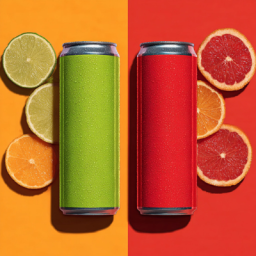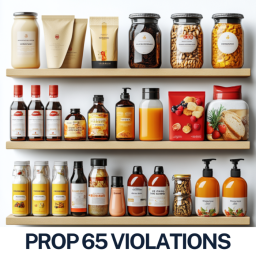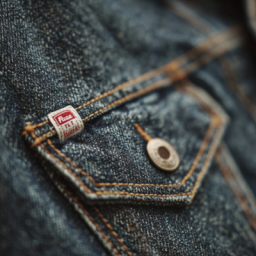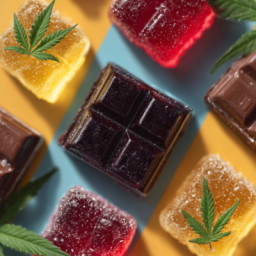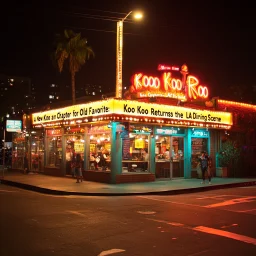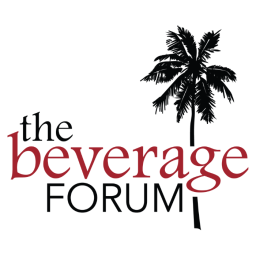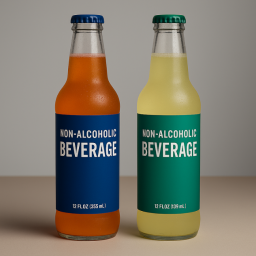
Why is Death Wish Coffee suing Liquid Death?
Death Wish Coffee, the New York based brand known for its ultra strong brews, has filed a trademark infringement lawsuit against Liquid Death, the viral canned water company. The lawsuit, filed in the U.S. District Court for the Central District of California in October 2025, claims Liquid Death’s planned coffee line, reportedly including products called “Deathuccino,” infringes on Death Wish Coffee’s long established trademarks and brand identity.
Death Wish argues that Liquid Death’s edgy “death themed” branding and skull imagery could confuse consumers and dilute the strength of its name in the coffee market. While Liquid Death says it has no concrete plans to launch coffee, Death Wish claims the trademark filings alone pose a credible threat to its brand.
What caused the dispute between Death Wish Coffee and Liquid Death?
The tension began when Liquid Death filed new trademark applications with the U.S. Patent and Trademark Office (USPTO) for “Liquid Death” and “Liquid Death Deathuccino,” covering coffee and coffee based beverages.
Death Wish Coffee, which holds multiple registrations for marks containing “DEATH” and has sold coffee and ready to drink cold brews since 2012, saw this as a potential encroachment into its product category.
Both companies use dark, rebellious branding and appeal to similar audiences. Death Wish claims that this overlap could lead customers to think the two are connected or that its products are part of the Liquid Death lineup, a classic case of reverse confusion.
What are the key legal issues in the case?
1. Likelihood of consumer confusion
Trademark infringement hinges on whether consumers are likely to believe that two products come from the same source. Courts will compare:
- The similarity of the marks (“Death Wish” vs. “Liquid Death” / “Deathuccino”)
- The relatedness of goods (coffee vs. water or coffee drinks)
- Visual and thematic elements (dark aesthetic, skulls, gothic typography)
- Evidence of confusion or marketing overlap
Even if Liquid Death’s products are technically different (water vs. coffee), courts have often found confusion when branding and tone are closely aligned across adjacent product categories.
2. Trademark dilution
Death Wish may argue that Liquid Death’s “death branding” weakens the distinctiveness of its own mark, especially as Liquid Death is more visible and widely distributed. This “blurring” could lessen Death Wish’s exclusivity.
3. Trade dress infringement
Beyond words, trade dress covers visual identity — packaging, colors, fonts, and graphics. Death Wish claims Liquid Death’s dark cans, gothic fonts, and skull motifs echo its own, creating further consumer confusion.
4. Reverse confusion
Here, the concern isn’t imitation, it’s domination. Death Wish fears that Liquid Death’s fame could cause consumers to think Death Wish is a sub brand or knockoff, eroding years of goodwill.
What makes the Death Wish Coffee trademark case unique?
Unlike many trademark disputes, this one involves no product launch yet. Death Wish sued based on trademark filings and intent to expand into coffee, a proactive move to stop potential infringement before it hits shelves.
This raises a fascinating legal question: Can you sue over a product that doesn’t yet exist?
Yes, under U.S. law, companies can seek injunctive relief if they can show that another party’s trademark filings pose a credible threat of confusion or dilution once used in commerce.
How could this case impact beverage and CPG brands?
This lawsuit highlights a growing risk for food and beverage (F&B) brands: cross category trademark overlap. As lifestyle beverage companies expand into new verticals such as coffee, energy drinks, and supplements, brand identity collisions become more likely.
For example, a soda brand that launches coffee or an energy drink line must consider who already owns related brand elements in those markets. The more “thematic” or common the word (like “death,” “power,” “fire,” or “bold”), the more overlap risk exists.
How can food and beverage companies avoid trademark disputes?
Here are practical steps F&B companies can take to protect their branding and avoid expensive litigation:
1. Run comprehensive trademark clearance searches
Before you name or expand a product, search not just for exact matches but for similar or thematic marks including design, sound, and imagery. Many companies only check the USPTO database; hire an IP attorney to analyze deeper overlaps.
2. Think ahead about brand extensions
If you plan to expand from one beverage type to another, check who owns trademarks in the adjacent categories. What’s “safe” in water might not be in coffee or alcohol.
3. Develop distinctive trade dress
Make your brand unmistakable — unique fonts, colors, packaging, and tone reduce the risk of confusion and strengthen your defense if challenged.
4. Monitor trademark filings
Set up monitoring alerts for new USPTO filings with your core brand terms. Early notice gives you time to oppose or negotiate.
5. Negotiate early when conflicts arise
Cease and desist letters and coexistence agreements can often resolve disputes before they escalate to court. Litigation is rarely the most cost effective path.
For more on how brands can protect and monetize their IP strategically, read our article on Harnessing Intellectual Property Licensing to Elevate Your Food Brand.
Why trademark clearance is critical for every brand
This case is a reminder that even large, established companies can find themselves entangled in trademark battles. The simplest way to avoid this?
Perform a trademark clearance search before launching or expanding your brand.
Trademark clearance goes beyond a quick internet search, it involves a legal analysis of registered and pending marks, similar names, logos, and even phonetic or thematic overlaps that could cause confusion. A strong clearance process helps businesses:
- Avoid costly rebranding or litigation later,
- Identify potential conflicts early, and
- Secure stronger protection for future brand extensions.
How Juris Law Group helps clients protect their trademarks
At Juris Law Group, we help food, beverage, and consumer brands safeguard their most valuable asset: their identity. Our trademark services include:
- Comprehensive trademark clearance searches and risk analysis,
- Trademark filings and prosecution before the USPTO,
- Brand portfolio management, and
- Enforcement strategies to stop infringement early and preserve market strength.
Whether you’re launching a new product line or expanding your existing one, our attorneys ensure your trademark strategy supports your business goals, protecting your brand before conflicts ever arise.
What’s next in the Death Wish Coffee vs. Liquid Death case?
Liquid Death is expected to file its response or motion to dismiss soon, arguing that its marks are distinct and that Death Wish can’t monopolize a common term. The court may later hold a hearing on Death Wish’s request for a preliminary injunction.
If the case proceeds, expect expert testimony, consumer surveys, and trade dress comparisons — and possibly a settlement if both sides prefer to avoid brand damage.
Frequently Asked Questions (FAQ)
Can you sue before a competing product hits the market?
Yes. If you can show a credible threat of confusion or harm, such as a trademark filing in your space, courts may grant injunctive relief even before launch.
What is “reverse confusion”?
That’s when a larger, newer brand causes consumers to think an older brand is a copy or sub label. Death Wish fears this due to Liquid Death’s massive visibility.
What’s the difference between trademark infringement and dilution?
Infringement is about confusion; dilution is about weakening a famous mark’s distinctiveness even without confusion.
How long can trademark lawsuits take?
Trademark cases often last 12–24 months, depending on discovery, surveys, and potential settlement discussions.
How can Juris Law Group help?
At Juris Law Group, we assist F&B and consumer goods companies with trademark strategy, clearance searches, and brand enforcement. Our attorneys regularly counsel clients on avoiding infringement risks, managing brand expansions, and negotiating coexistence agreements to prevent litigation.
Key Takeaway
The Death Wish Coffee vs. Liquid Death lawsuit isn’t just a battle of edgy branding, it’s a reminder that bold marketing must coexist with smart legal strategy.
For F&B and consumer product brands, this case underscores that:
- Trademark risks extend beyond your current product line.
- Common or “thematic” words can still carry legal consequences.
- Protective action early, even before a product launches, can preserve brand equity.
Staying proactive in your IP strategy isn’t just about avoiding lawsuits; it’s about ensuring your brand’s identity remains uniquely yours.

